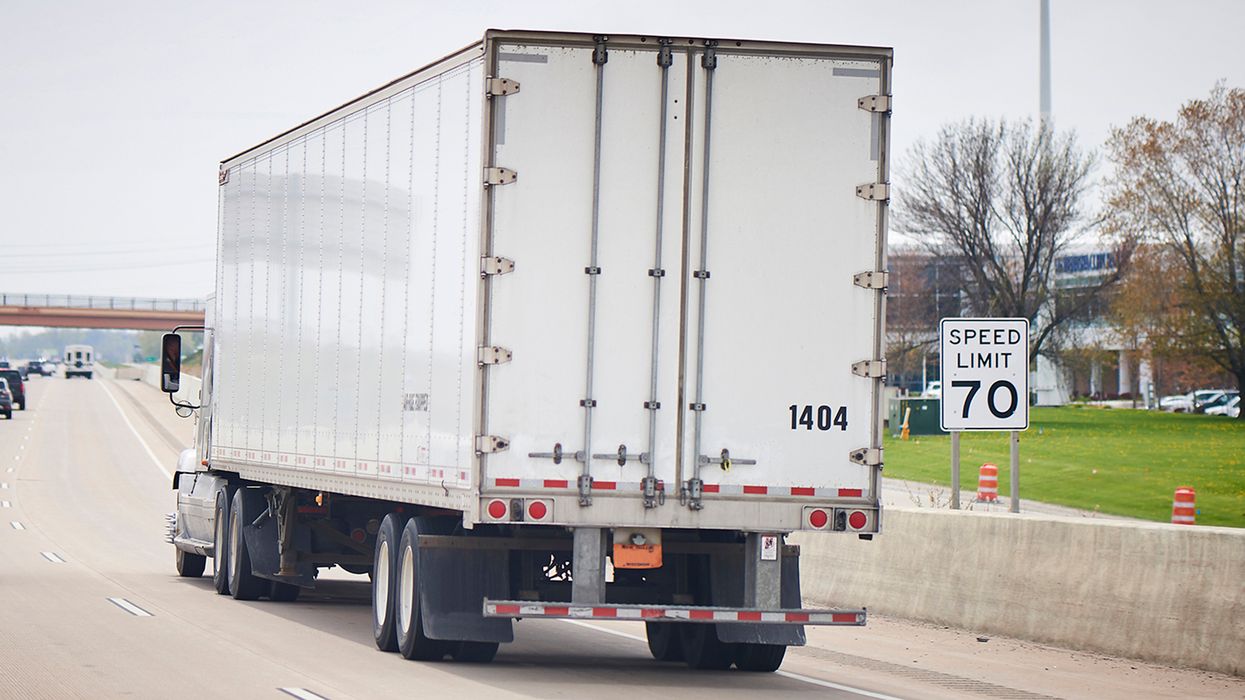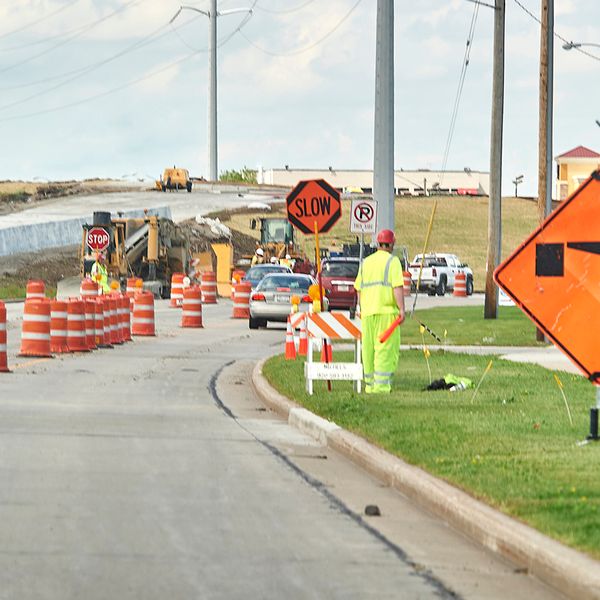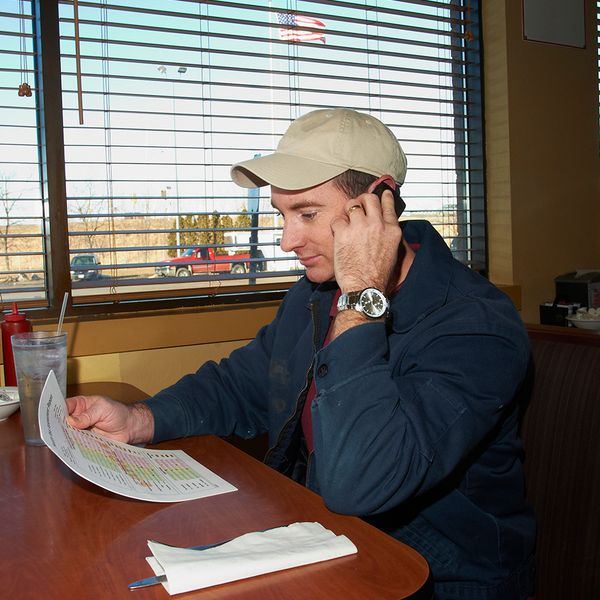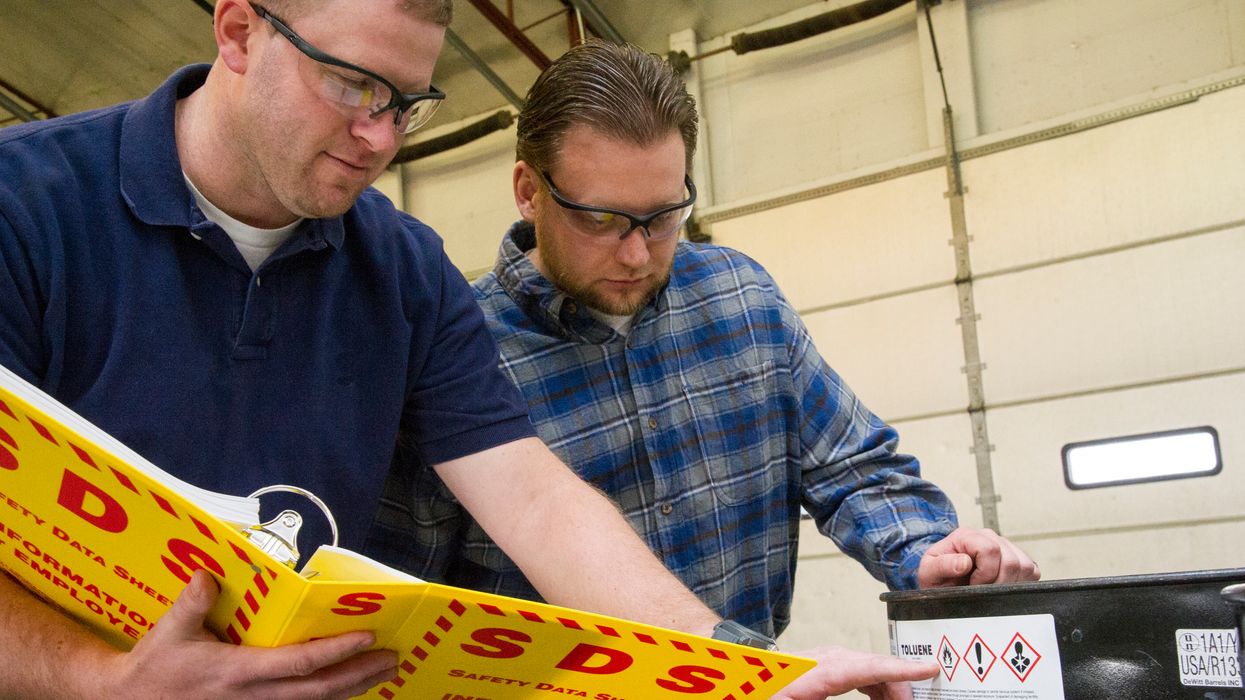Tell your drivers: Don’t ‘shoulder the load’ on an exit or on-ramp
Federal investigators are looking into the cause of a fatal July 12 crash involving a bus that slammed into a row of trucks parked on an I-70 exit ramp near St. Louis, Missouri. Three bus passengers were killed.
No matter the cause, the situation was downright dangerous. It was dark (the crash occurred at about 2 a.m.) and trucks were illegally parked on the shoulder of an off-ramp from a highway with a speed limit of 70 mph.
The crash highlights the need for more truck parking nationwide, but also the dangers of parking on the shoulder of a highway exit or entrance ramp. A detailed crash report from the National Transportation Safety Board is expected within 24 months, but one message is already clear: never park on a ramp.
| Click here for a handy post-crash checklist! |
It’s incredibly dangerous
There are many reasons truck and bus drivers should never park on an exit or entrance ramp.
It’s usually illegal. Despite “soft” enforcement, drivers can be cited for violating 49 CFR 392.2 when a state or local law prohibits stopping or parking on an exit or entrance ramp. As just one example, under Tennessee regulations:
“No person shall stop, park, or leave standing any commercial motor vehicle, whether attended or unattended, upon the paved or main-traveled part or the shoulder of any highway on/off ramp outside of a business district.”
| Learn more about the rules for stopping on a road or shoulder. |
It’s downright dangerous for everyone. It creates limited visibility and limited room for other drivers (who may be traveling 60-70 mph) to navigate the ramp. Trucks may need to slow rapidly to get into position on an off-ramp, further putting other drivers at risk. In addition, the trucks’ drivers may need to walk on the shoulder to get to a restroom or other services, putting their own lives at risk.
A lack of planning
Drivers park on ramps because they or their dispatchers did not plan ahead to find a safer place to park before running out of hours. After the Illinois crash, the truck driver told the media he was 15 minutes from his destination when he reached the 11-hour driving limit and needed to stop.
To avoid a similar fate:
Adopt a policy. If you haven’t already, adopt a written policy against stopping or parking on the shoulder of a highway except in emergency situations. Make it clear that running out of hours is not an “emergency.”
Plan ahead. Drivers and dispatchers must plan ahead to avoid running out of hours and out of time to find parking. A nationwide shortage of parking is a known issue, so lack of parking is no excuse for violating the law or company policy. Drivers must plan ahead and start looking for parking well before it becomes an urgent need.
Tell drivers what you want them to do in that situation. Drivers who find themselves out of hours and tempted to stop on a ramp should be instructed on what your company expects them to do. One suggestion: continue driving until they find a safer (and legal) place to park, preferably off the highway. Exceeding the hours-of-service limits by a small amount is ultimately safer than stopping on the shoulder. If there is absolutely no alternative to parking on a ramp, choose an on-ramp (where speeds are slower) rather than an exit ramp.
Stress the need to warn others. Under 392.22, drivers who stop on the shoulder must immediately activate their emergency flashers and then place their reflective triangles or flares within 10 minutes. There’s no exception for exit or entrance ramps.
Compliance and safety
Drivers must not only comply with the hours-of-service limits but also help ensure highway safety for everyone. Make sure your drivers plan ahead and avoid parking on ramp shoulders at all costs. They just may prevent a tragedy.
Key to remember: A recent fatal crash highlights the need to remind your drivers about the perils of trying to park on a highway entrance or exit ramp.



















































